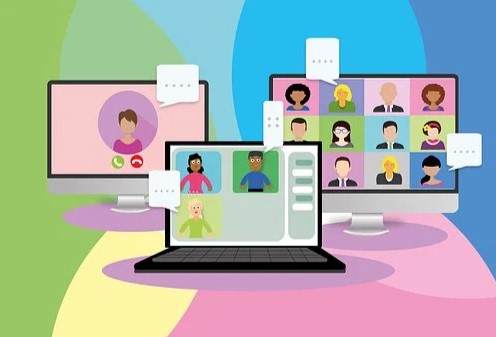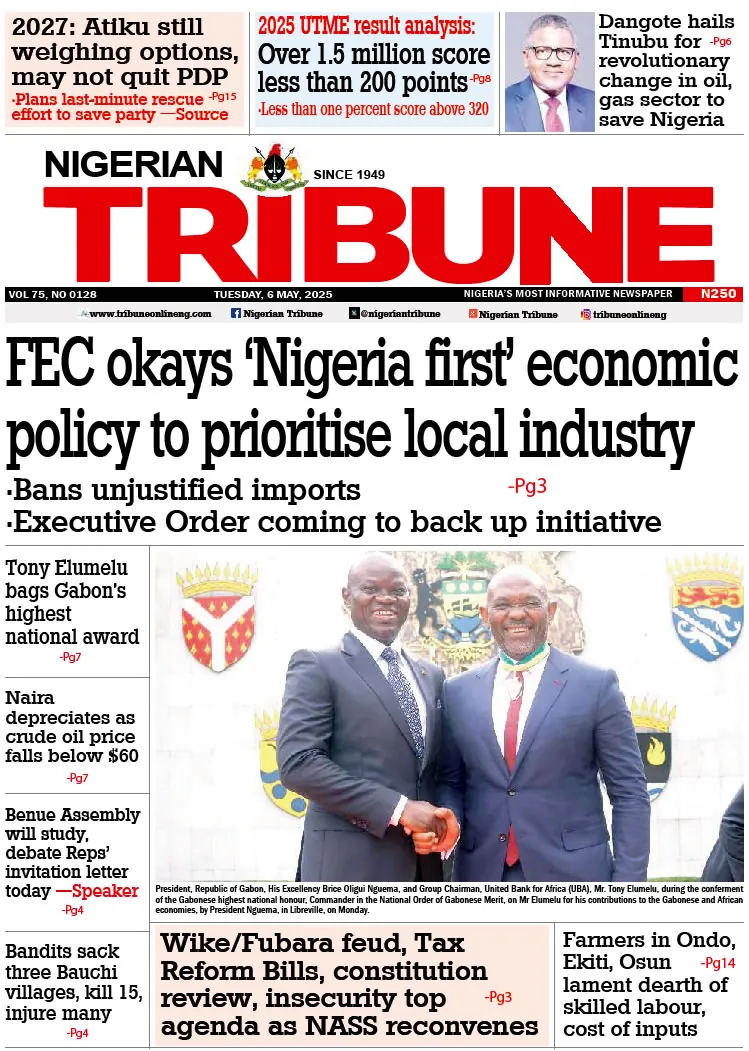Have you ever wondered why coaches are always talking to their players whenever a game is going on? The players are skilled people—they have put in practice and know what they are doing. Well, coaches see the entire scene. Their overarching plan is to give guidance, useful insights, and make adjustments to help their teams win.
That’s pretty much what a digital marketing strategy does for your brand in the digital arena. Without one, you might not make it out of your local league.
To that end, let’s cover five leading digital tactics for today’s businesses.
1. Marketing Automation
For years, the B2B space has been plagued with manual marketing processes that have eroded professionalism, trust, and the ability to impact customers’ bottom lines.
Through marketing automation, brands can achieve all the above and streamline their process to improve lead and revenue generation.
Top benefits include:
- Data segmentation for improved targeting. A tragic marketing flaw involves treating all prospects alike. Segmentation ensures you’re hitting them with the right message. Behavioral targeting, for example, leverages behavioral data to determine the ads and messages that may resonate with people.
- Improving engagement and client retention. By taking away iterative tasks, you free your team to solidify relationships with prospective customers, uncover untapped opportunities, and satisfy client needs. This helps breed loyalty and repeat purchases.
- Generate measurable ROI. Pulling data is nightmarish, but thankfully marketing automation systems come with data tracking features to help you analyze ROI. They also provide insights into your strategies so you know what to focus on and what to throw out or tweak.
2. Cold Calling
Speaking to people over the phone is an art, especially when you’re prospecting for new business.
Being personable and practicing phone etiquette helps you connect better with your listeners, communicates professionalism, and may help secure a second call or meeting.
Best practices include:
- Keep good notes. As you interact with your prospect, take notes, including the quirky stuff, to help you understand the contact person and their company’s pressing needs and preferences. You can use these notes to gauge how the conversation went and make more personalized follow-ups.
- Avoid speakerphones. Wolf of Wall Street was a movie. In real life, you don’t want to put your prospect on speaker. People are likely to hear an echo and your words might sound less distinct, reducing the quality of your conversation—assuming they don’t hang up.
- Aim for personal conversations. Not very easy when you’ve got 50 or 100 calls to make, but if you’re in a hurry, the prospect will notice and become suspicious of your intentions. Take time to establish a connection while being mindful of their time.
- Polish up on your script. Perfect scripts don’t exist, but there are several ways to improve your script. Check the words or phrases that excite listeners or turn them off, ask intelligent questions, and ensure your pitch illustrates the value you offer.
3. Host Virtual Events
Most of us embraced virtual events when the Covid-19 pandemic saw to it that in-person events couldn’t take place.
But today, these events have given impetus to new ways of reaching new and massive audiences.
With proper planning, you can multiply event attendance, grow brand visibility and see an increase in revenue.
Consider the following:
- Choose a platform. Look at what the platform offers in terms of attendee capacity, breakout sessions, and other attendee interaction and networking capabilities. Does the platform allow user visibility? It’s an excellent feature for attendees to find peers, influencers, and other people they would like to connect with.
- Choose speakers carefully. They can either pull in crowds and keep them tuned in during the event or things can go south. Consider speakers who your target audience values and follows on social. Audiences may find this an excellent opportunity to engage with experts whose opinions they hold in high regard.
- Promote your event. While your speakers are likely to announce the event on their platforms, you need to make concerted efforts to promote it too. Leverage social media ads, add it to your website along with a landing page, and mention it on your social accounts and in email newsletters too.
4. Case studies
Businesses face a lot of pressure to prove their solutions are worth their salt—because catalogs, promotional offers, and marketing copy can only go so far.
You need something else to prove that your solutions are successfully helping businesses attain their objectives.
While the goal is to win more customers, a good case study also educates readers on how a particular business solved a problem many others face.
Here are some considerations for putting together a case study:
- Explain your working method in the study. As you document your customer’s story, take the opportunity to explain your approach, philosophy, and how you work with your customers.
- Incorporate visuals. Infographics, diagrams, videos, and images won’t just help illustrate case studies better, but also provide eye relief in an otherwise wordy narrative.
- Uses facts and figures. Add figures and data-driven facts to support the project’s success. People love a good story, but they will also be looking for quantitative figures to ascertain viability.
5. Email Marketing
Here’s a veteran in digital marketing that’s still bringing in considerable results for its users. In fact, statistics tell us that those who go further and automate their email marketing strategy see up to 320% more revenue.
That’s right, so here are tips to maximize this strategy for your business.
- Profile your customers. Many companies rely on internal buying committees to handle purchases. These may include initiators, end-users, finance, managers, and the C-Suite and they value different things, such as necessity, functionality, usability, and ROI. Creating buyer personas for each of these groups will help you understand their needs and preferences better.
- Segment audiences. Now that you’ve profiled your customers, imagine running email campaigns at scale and tailoring each one to suit different individuals in every organization. Disastrous, right? Use your email marketing platform to create lists of the different personas so you can customize your emails to their interests.
- Move in stages. Stage your email campaign in such a way that it mirrors the customer’s path right from awareness to consideration and decision. It will help ensure the content served is relevant to where the prospective buyers are on their journey.











